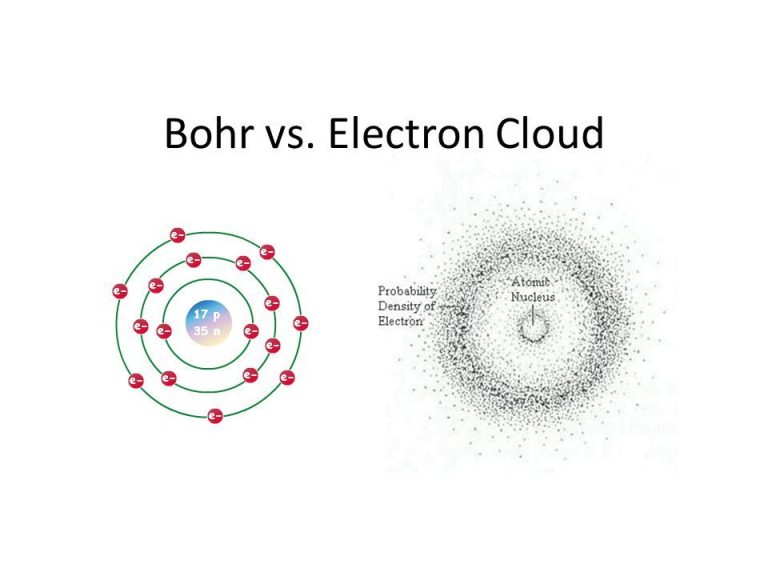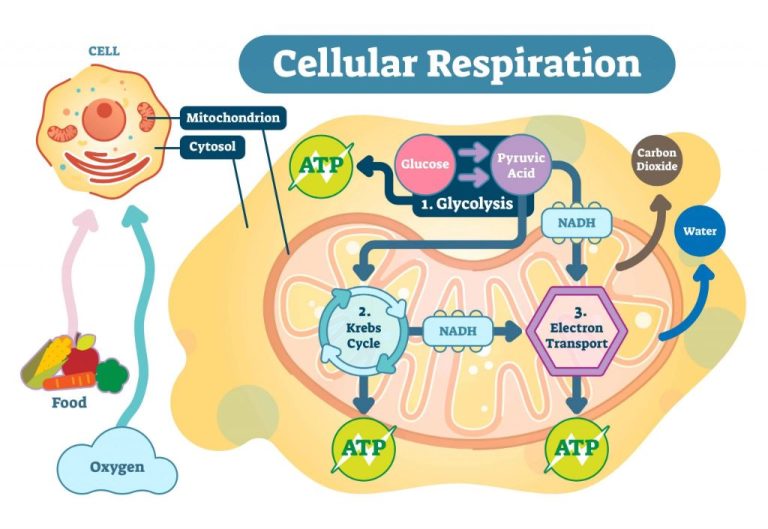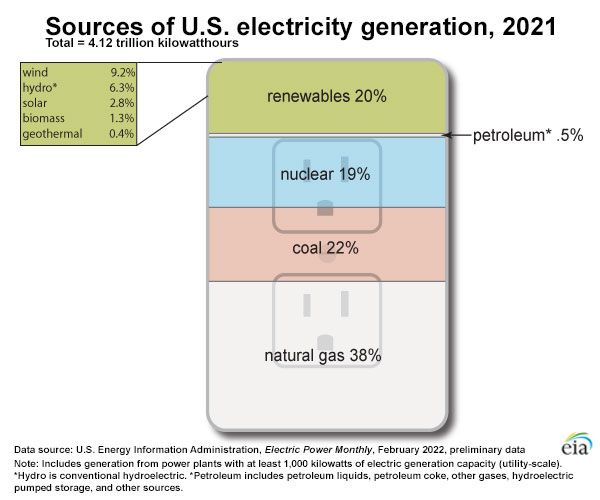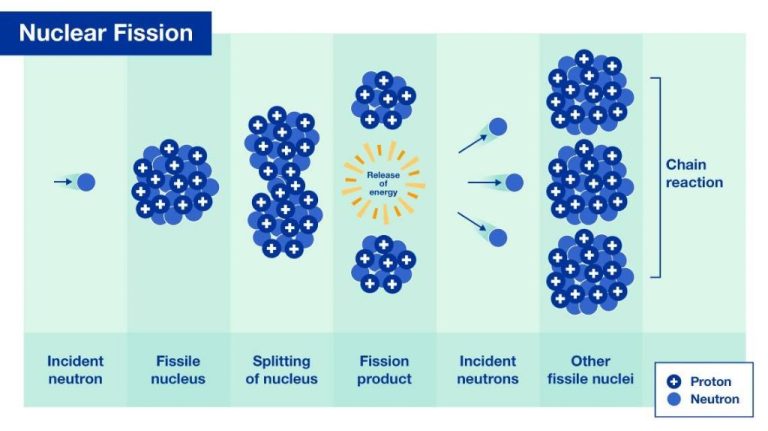Are Solar Panels Warming The Earth?

There has been some concern that large-scale solar farms could contribute to global warming, but the preponderance of evidence suggests that solar panels do not significantly contribute to climate change. While solar panels do absorb sunlight and convert it to heat, the effect is very small compared to avoided greenhouse gas emissions from fossil fuels.
One study found that converting the Sahara desert to solar farms could warm the planet by 0.16°C. However, this needs to be weighed against the much larger effect of avoided carbon emissions. Most analysis shows that over their lifespan, the net effect of solar panels is substantially reduced carbon emissions.
This article examines how solar panels work, their efficiency and production impacts, their in-use and end-of-life emissions, and the net effect of avoided fossil fuel emissions. It aims to demonstrate that at scale, solar energy generation provides significant climate change mitigation benefits.
How Solar Panels Work
Solar panels convert sunlight into electricity using photovoltaic (PV) cells made of semiconducting materials like silicon (https://www.energy.gov/eere/solar/how-does-solar-work). When sunlight hits the PV cells, the photons from the light excite electrons in the semiconductor material, causing them to break free and flow as direct current electricity (https://www.nationalgrid.com/stories/energy-explained/how-does-solar-power-work). The direct current can then be converted to alternating current and fed into the electric grid or used to charge batteries.
The amount of electricity generated by a solar panel depends on its efficiency and surface area as well as the intensity of sunlight. More efficient PV materials and optimized panel orientations allow solar panels to absorb more of the sun’s energy for conversion into useful electricity.
Solar Panel Efficiency
The efficiency of a solar panel indicates what percentage of sunlight hitting the panel is converted into electricity. According to the U.S. Department of Energy, the efficiency of solar panels typically ranges between 15-20% for residential panels and 22-27% for commercial panels.
As reported by the Energy Department’s Office of Energy Efficiency and Renewable Energy, most residential solar panels are made from monocrystalline silicon or polycrystalline silicon and tend to have average efficiencies of 15-20%. Panels using newer technologies like thin-film may be slightly less efficient.
Higher efficiency solar panels can generate more electricity from the same surface area as a lower efficiency panel. However, increased efficiency often comes with a higher cost. Customers need to evaluate the cost-benefit when choosing among solar panels with different efficiencies.
Solar Panel Production
Producing solar panels requires energy and some greenhouse gas emissions. The carbon footprint from manufacturing solar panels comes primarily from three sources: raw material extraction, the purification process, and panel manufacturing. Extracting and purifying silicon makes up the majority of emissions, accounting for 45–60% of the 42 grams of CO2 per kWh of electricity generated over the lifetime of a panel. The remaining emissions come from manufacturing the panels themselves. However, advances in technology and production methods have significantly reduced emissions from solar panel production over the past couple of decades. According to the National Renewable Energy Laboratory (NREL), between 1980 and 2015, the amount of energy needed to manufacture a solar panel fell by 90%.
Overall, producing solar panels accounts for around 1% of their total lifetime carbon reductions. And as solar manufacturing techniques continue improving, the carbon payback period—the time it takes for a panel to generate the amount of clean energy equal to its production footprint—keeps getting shorter. Most panels achieve payback within the first 1-3 years of operation.
Sources:
https://www.solar.com/learn/what-is-the-carbon-footprint-of-solar-panels/
https://www.treehugger.com/how-much-co-does-one-solar-panel-create-4868753
In-Use Emissions
Solar panels do not generate any emissions while converting sunlight into electricity. This is one of the major advantages of solar energy compared to fossil fuel power plants that emit greenhouse gases like carbon dioxide and methane when generating electricity.
Unlike coal, natural gas, or oil-fired power plants, solar panels do not combust any fuels to generate electricity. They simply convert sunlight directly into electricity using the photovoltaic effect. This means solar panels have zero greenhouse gas emissions when operating.
According to Solarmagazine.com, “Generating electricity from solar panels rather than coal or gas results in a 98% reduction in carbon emissions.” This massive reduction in emissions is possible because of the zero emissions nature of solar panels while in use.
End-of-Life Emissions
When solar panels reach the end of their usable lifespan, they must be properly disposed of or recycled. If simply discarded in landfills, solar panels can leach toxic materials like lead and cadmium into the environment [1]. However, recycling solar panels at end-of-life significantly reduces emissions compared to disposal.
Recycling recovers about 96% of solar panel materials for reuse, while also preventing toxic substances like lead from contaminating landfill sites [2]. One solar panel recycler estimates that recycling each panel avoids 97 pounds of CO2 emissions compared to disposal. For newer, high-efficiency panels which require more energy to manufacture, recycling can avoid over 1.5 tons of CO2 emissions per panel [2].
Proper solar panel recycling is an important part of reducing net emissions and environmental impact. With large growth expected in solar installations, developing effective recycling methods will ensure that end-of-life solar panels do not lead to increased waste and emissions.
Avoided Fossil Fuel Emissions
Solar energy helps avoid significant carbon dioxide emissions from fossil fuels like coal and natural gas. According to the EPA, in 2015 solar PV avoided an estimated 26.5 million metric tons of CO2 emissions in the United States alone (EPA 2015). As solar energy scales up and displaces more fossil fuel electricity generation, the emissions benefits will continue to grow. One analysis by the National Renewable Energy Lab estimates that solar power could avoid up to 661 million metric tons of CO2 per year by 2050, equivalent to closing 164 typical coal-fired power plants (NREL 2021).
The avoided emissions are generally higher when solar power replaces electricity from high-polluting sources like coal. For example, one kWh of solar energy may avoid over 1 lb of CO2 emissions by displacing coal, but only 0.6 lbs by displacing natural gas (NY Engineers 2021). Overall, solar energy’s ability to offset carbon-intensive grid power makes it a critical climate solution.
Net Lifecycle Emissions
When examining the carbon footprint of solar panels, it’s important to look at net lifecycle emissions rather than just manufacturing emissions. This accounts for the avoided fossil fuel emissions over the lifetime of solar panels.
One study from the IPCC showed that solar PV emits between 15-200 grams of CO2 equivalent per kWh over the lifetime of a solar panel, with a median of 48 grams. In comparison, coal power emits 820-910 grams per kWh (1). This means solar PV has around 95% lower lifecycle emissions compared to coal.
Another analysis by the National Renewable Energy Laboratory (NREL) found the median emissions for solar PV to be 45 grams CO2e/kWh. They estimated solar avoids over 80 times more emissions than it creates (2).
Sources:
(1) IPCC Special Report on Renewable Energy Sources and Climate Change Mitigation
(2) Life Cycle Assessment Harmonization Results and Findings
Growth of Solar Energy
Solar energy is the fastest growing source of renewable energy in the United States and globally. According to the Solar Energy Industries Association (SEIA), solar has grown at an average annual rate of 49% over the past decade in the U.S. [1] In 2021, solar accounted for 46% of all new electricity generating capacity added in the U.S., exceeding new capacity additions from all other energy sources including natural gas, wind, coal and nuclear. [2]
Globally, solar PV generation increased by a record 270 TWh (up 26%) in 2022, reaching almost 1,300 TWh according to the International Energy Agency (IEA). This demonstrates the largest absolute generation growth from solar PV compared to any other renewable technology. [3] The IEA projects global solar PV capacity will reach over 4,600 GW by 2030, up from just over 1,000 GW at the end of 2021.
The rapid growth of solar energy is being driven by declining costs, supportive government policies, environmental benefits, and increased adoption by homeowners, businesses and utilities. As solar technology continues to improve and costs decrease, solar is expected to become one of the main sources of electricity generation worldwide.
Conclusion
When looking at the full lifecycle of solar panels from production to end-of-life, studies have shown that solar energy contributes very little to global warming compared to traditional fossil fuels like coal, oil and gas. The greenhouse gas emissions from manufacturing and disposing of solar panels are vastly outweighed by the emissions they help avoid over their lifespan by generating clean electricity from the sun.
The production process of solar panels does require energy and result in some emissions. However, technological improvements and economies of scale have helped lower the emissions intensity of solar panel manufacturing significantly. And solar panels produce no direct emissions during use, while avoided fossil fuel emissions greatly outweigh the “embodied” emissions from production.
At end-of-life, proper recycling processes can recover most of the raw materials in solar panels. With the growth in solar energy, more sophisticated recycling methods are being developed to minimize waste. While there are still some emissions at end-of-life, they are relatively small compared to the much larger emissions reductions solar provides.
When weighing the relatively small upfront emissions from manufacturing and back-end emissions from decommissioning against the massive avoided emissions over a solar panel’s life, most lifecycle analyses estimate that solar panels produce over 80-90% fewer greenhouse gas emissions than fossil fuel electricity generation. As solar continues to grow and displace fossil fuel use, it will play an increasingly significant role in mitigating climate change.







